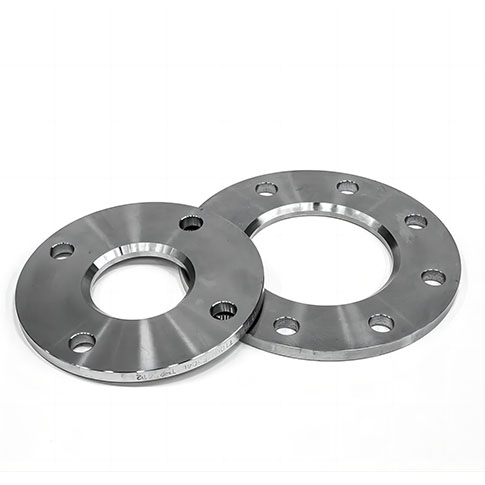15
Dec
Repair And Maintenance Of HDPE Mining Pipes
HDPE mining pipes are made from high-density polyethylene,such as PE100, PE4710, PE3608, PE100-RT, a thermoplastic polymer known for its high strength-to-density ratio. This material is particularly suited for mining applications due to its durability, flexibility, and resistance to chemicals and abrasions. In the demanding world of mining, the use of High-Density Polyethylene (HDPE) pipes has become increasingly prevalent due to their remarkable attributes and efficiency in various applications. Understanding the nature, maintenance, and repair of HDPE mining pipes is crucial in optimizing their use and prolonging their lifespan.
Characteristics and Advantages
HDPE pipes offer several advantages:
- Durability: Highly resistant to wear and tear, which is essential in the abrasive mining environment.
- Corrosion Resistance: Unlike metal pipes, HDPE does not corrode, making it ideal for mining applications where acidic materials are common.
- Flexibility: Can be bent to a radius 25 times the nominal pipe diameter.
- Leak Resistance: The fusion process used to join HDPE pipes creates a leak-free joint, which is crucial in preventing environmental contamination.
- Lightweight: Easier to transport and install compared to traditional metal pipes.

Application
HDPE pipes are extensively used in various mining scenarios such as gold, nickel, and copper mines. Their application ranges from transporting slurries to drainage and water supply systems within these mines. Each type of mine presents unique challenges, but the versatility of HDPE pipes makes them a suitable choice across these varied environments.
Environmental and Geographical Considerations
The installation and application of HDPE pipes in mining are influenced by environmental and geographical factors:
- Terrain: HDPE pipes can be used in rugged, uneven terrain due to their flexibility.
- Climate: They are resistant to UV rays and can withstand extreme temperatures, making them suitable for various climatic conditions.
- Soil Conditions: HDPE is resistant to a range of soil pH levels and compositions.
Maintenance and Repair
Proper maintenance and repair of HDPE mining pipes are vital for ensuring their longevity:
- Regular Inspections: Routine checks for any signs of damage or wear.
- Proper Installation: Ensuring that the pipes are installed correctly, avoiding unnecessary stress or bends.
- Avoiding External Damages: Protecting pipes from external forces and impacts.
- Repair Techniques:
- Fusion Repair: Involves heating and fusing a damaged section with a new piece of HDPE.
- Mechanical Repair: Use of mechanical fittings for minor repairs.
Extending Lifespan
To extend the lifespan of HDPE pipes in mining applications:
- Avoid over-exposure to sunlight.
- Ensure proper bedding and backfill during installation.
- Use of appropriate jointing techniques.
Conclusion
HDPE mining pipes, with their robustness and versatility, are crucial in the efficient operation of modern mines. Understanding their characteristics, applications, and the importance of proper maintenance and repair is essential for mining operators. By adhering to best practices in installation and upkeep, the longevity of these pipes can be significantly extended, contributing to safer and more sustainable mining operations.





